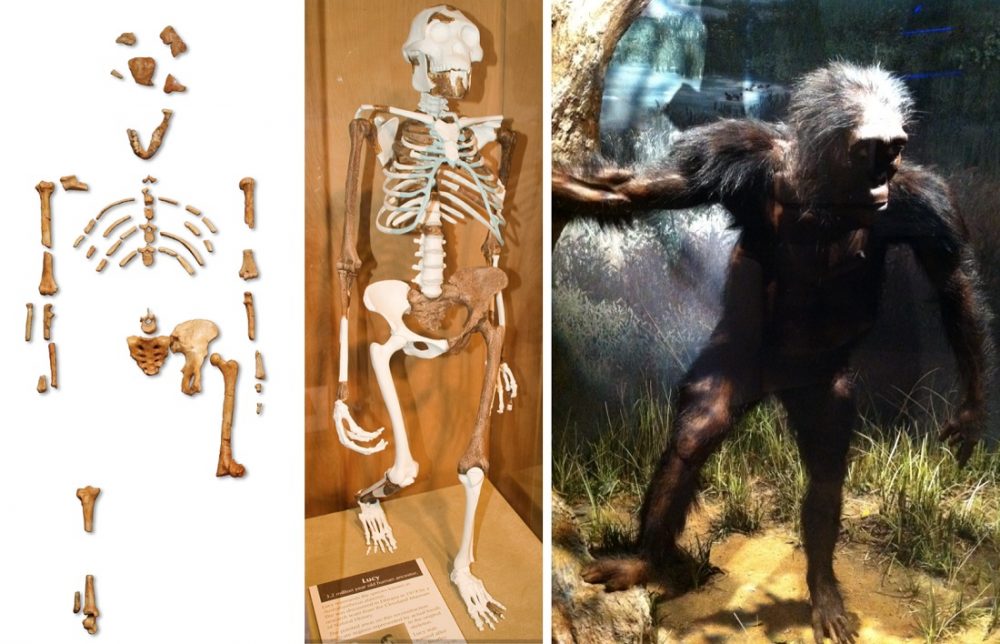

We found that BV/TV is, in most anatomical sites, significantly higher in chimpanzees than in humans, suggesting a systemic difference in trabecular structure unrelated to local loading regime. Trabecular bone volume fraction (BV/TV), degree of anisotropy (DA) and trabecular thickness (Tb.Th) were quantified from high resolution micro-computed tomographic scans of the humeral and femoral head, third metacarpal and third metatarsal head, distal tibia, talus and first thoracic vertebra.

Using a whole-region method of analysis, we investigated trabecular structure throughout the skeleton of humans and chimpanzees. Improved understanding of inter-/intraspecific variability, and variability across the skeleton of an individual, is required to interpret properly potential functional signals present within trabecular structure. These systemic factors include differences in genetic regulation, sensitivity to loading, hormone levels, diet, and activity levels. However, there are several systemic factors that affect bone structure that could contribute to, or be the primary factor determining, interspecific differences in bone structure. Aspects of trabecular bone architecture are thought to reflect regional loading of the skeleton, and thus differ between primate taxa with different locomotor and postural modes.


 0 kommentar(er)
0 kommentar(er)
